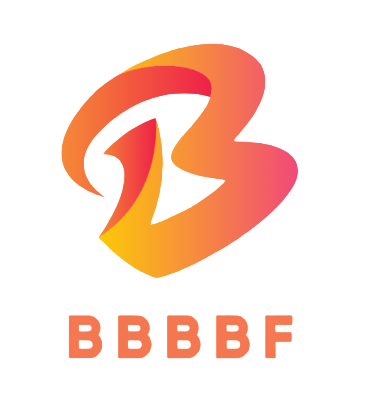
If you’re the owner of a business, small or large, then you’re aware of how important marketing your brand is. Successful marketing leads to new customer acquisition, retention of existing customers, and ultimately more sales and profits. As such, you probably also know that the content on your website, blog, and landing pages is an extremely important aspect of your overall marketing strategy, and you may be working hard to consistently create great content that captures attention online.
Unfortunately, if a search engine can’t find your content, even the most comprehensive content will be invisible to your audience, and it won’t make an impact. That’s why you need to invest time and energy in content optimization.
What is Content Optimization?
Content optimization, or SEO (search engine optimization), is the process of optimizing your content to ensure it gets higher search engine rankings and is therefore more visible online. Search engines will rank highly optimized content higher on a search engine page than non-optimized content. Optimizing a website involves many nuanced details, and search engine algorithms are complex, weighing everything from content to authority to backlinks.
Content and Optimization: Two Sides of the Coin
Content is the message you want to convey; optimization ensures that the message is finetuned to get the maximum exposure possible.
Just a few years ago, content optimization was focused less on the audience who read the content, and more on the ‘machines’, or the search engine algorithms, that would assess the content and rank it. Keywords were the guiding force behind SEO, and keyword stuffing was common practice, even if it made the content less readable to humans.
Today, the landscape has shifted. Google now ranks content according to its authenticity, trustworthiness, and the human expertise behind it. Content optimization is now geared towards making content more real and relatable, rather than just tricking the algorithms.
Bottom line: great content will attract readers, keep them interested, and encourage them to invest in your product or service. Content optimization means making that content even more attuned to the audience. That’s what Google algorithms love.
Tips and Techniques on How to Optimize Content
As complicated as it may seem at first, optimizing content is actually a logical and methodological process. Here are 9 essential tips for how to do content optimization and get top rankings on search engine results pages:
- Write great content: Great content follows the E-E-A-T principle, as stipulated by Google. Content that is based on expertise, experience, authoritativeness, and trustworthiness will rank better than content that is simply a reworked mish-mash of other people’s ideas. Since you know your business better than anyone, writing content that describes your niche, your audience’s pain points, and your own original perspectives should be right up your alley.
- Keep new content coming: Another tip for optimizing your content is to post new content regularly. Search engines love fresh, original, and updated content, and your readers will too.
- Use headings: Optimized content is divided into logical and progressive sections, so the text is readable and digestible. Search engines love headings, and it is important to create a hierarchical structure for the article, with H1, H2, and H3 headings that are clearly defined. Another tip: use keywords within the headings, which will kill two birds with one stone.
- Optimize the text: You can optimize existing text simply by adding a few key content optimization devices. Title tags, meta descriptions, meta keywords, and URLs are all great ways to get your content noticed by search engines.
- Optimize images: People online spend as much time searching for images as they do text. As such, make sure you’re up to speed by optimizing all images within your content. Add alt tags, which serve as alternate text; use image tags, which are the words that show up when a user scrolls over an image; and make sure the file size of your images has been adjusted properly to ensure that all images load and view properly.
- Optimize videos: Like images, great headings, and other graphics or bold colors, videos grab the readers’ attention and help keep them hooked. If you don’t have your own videos to upload, you can use websites such as YouTube to find great clips that can be embedded into your site. As always, use good keywords in your video titles, descriptions, and tags; share videos on social media sites; and use a video as a call to action or another way to drive sales.
- Stop writing for search engines: Search engines are only getting smarter and more adept at weeding out poor-quality content. Your content should be created with the audience in mind – the real people you are targeting in the hope they will consume your content. Instead of focusing exclusively on keywords, over-linking, or creating content that’s low quality just for the purpose of publishing, relax, take a deep breath, and back off from over-optimizing. Focusing on content that is natural sounding and useful will get you a long way, and then optimizing after that by doing the things mentioned above is key.
- Use social media: Social media is very important when it comes to content optimization, and simply posting a link isn’t enough. Rather, build relationships with relevant users and connections through social media sites, share other users’ content, provide feedback, and use your social media site for more than just posting. This added engagement increases the authority of your page and will help it get higher rankings.
- Keep it clean: Finally, know that a search engine won’t rank content that it can’t easily find. As such, make sure you keep your code clean and organized, and your site secure, which helps search engines find your content efficiently. Additionally, know that publishing content that is already copyrighted or produced by ChatGPT with no human touch will tend to rank poorly. For best results, use your own original talent to create unique content and avoid raising any red flags.

Comments (0)